Italian food might be loved worldwide, but that doesn’t mean the world eats it the “right” way. A YouGov survey asked Italians—and 16 other countries—which food habits are acceptable and which are downright criminal. From pineapple on pizza to ketchup on pasta, the results reveal a clash between tradition and global taste. And when you factor in the generational divide within Italy, things get even spicier. Here’s what Italians really think when you mess with their food.
Pizza for Lunch? Absolutely Fine

Italians have zero issue with grabbing pizza for lunch, scoring a whopping +89 in approval. Other countries feel the same, with most respondents giving this choice a green light. It’s proof that some traditions cross borders without drama. This is one Italian habit the world can agree on.
Bolognese With Spaghetti Gets the Nod
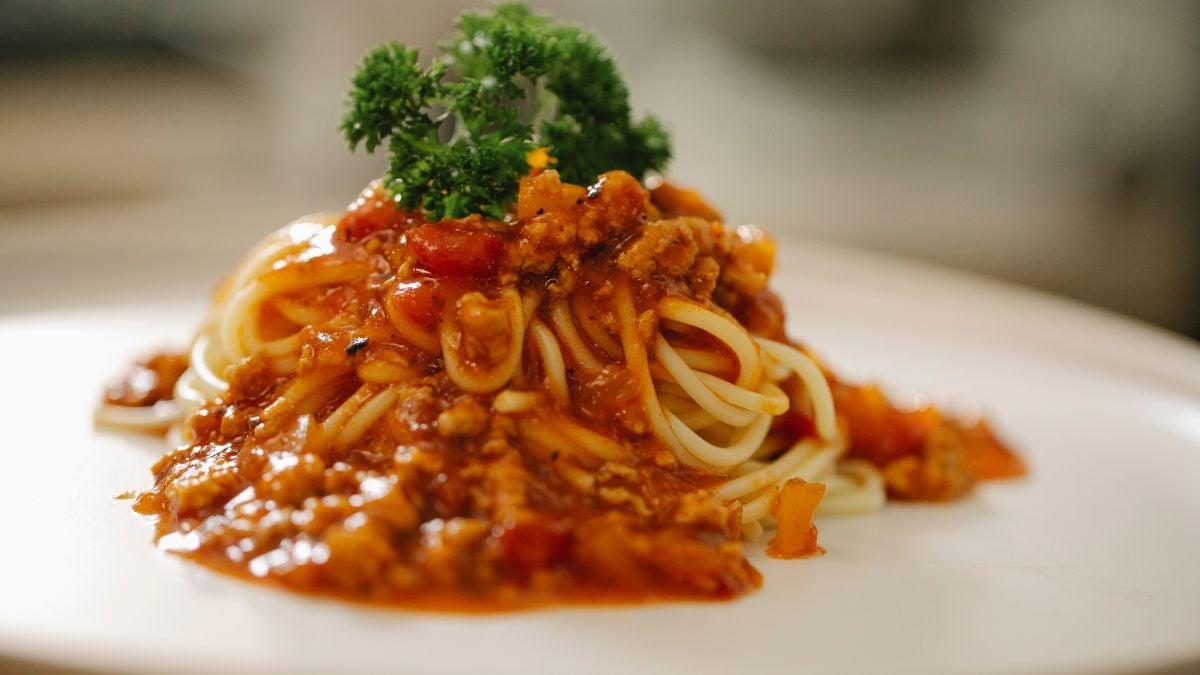
Despite debates over pasta shapes, Italians are fine with pairing Bolognese sauce and spaghetti (+81). The combo is popular across nearly all surveyed countries. It’s one of the few “safe” moves where you won’t risk offending an Italian.
Pizza With a Fork? No Problem
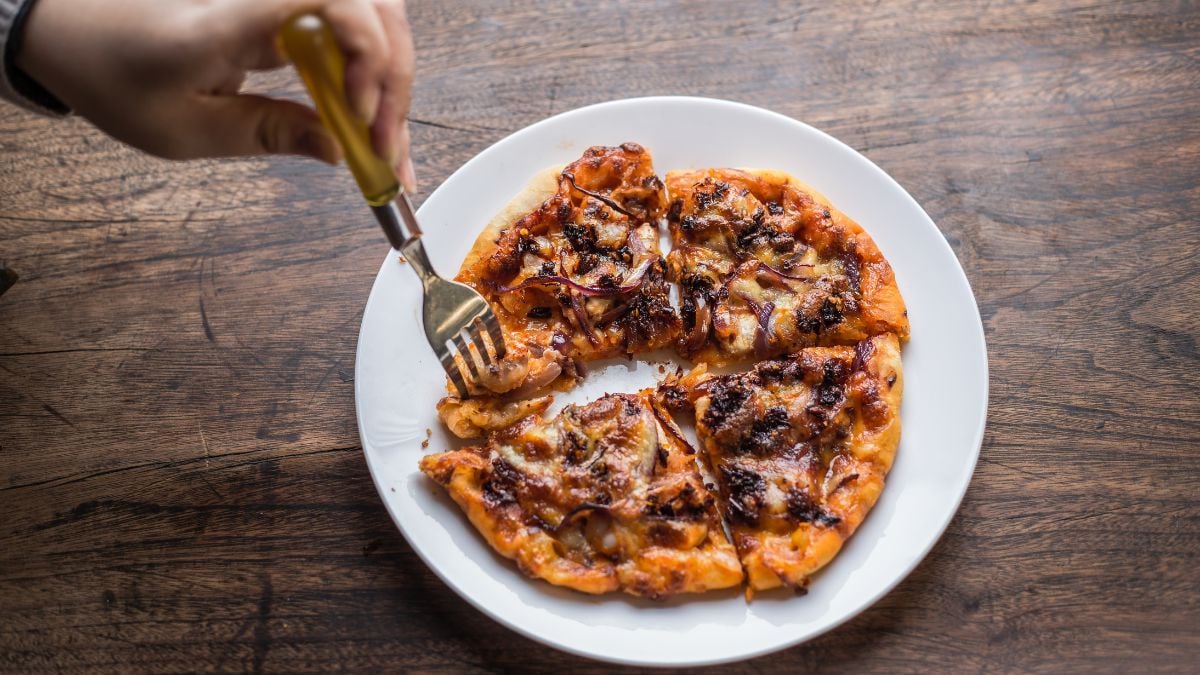
Eating pizza with a fork instead of your hands earns a +69 approval in Italy. While it might feel strange to some, Italians don’t see it as a breach of tradition. In fact, many around the world give it a thumbs-up, too.
Meatballs and Spaghetti Are Acceptable
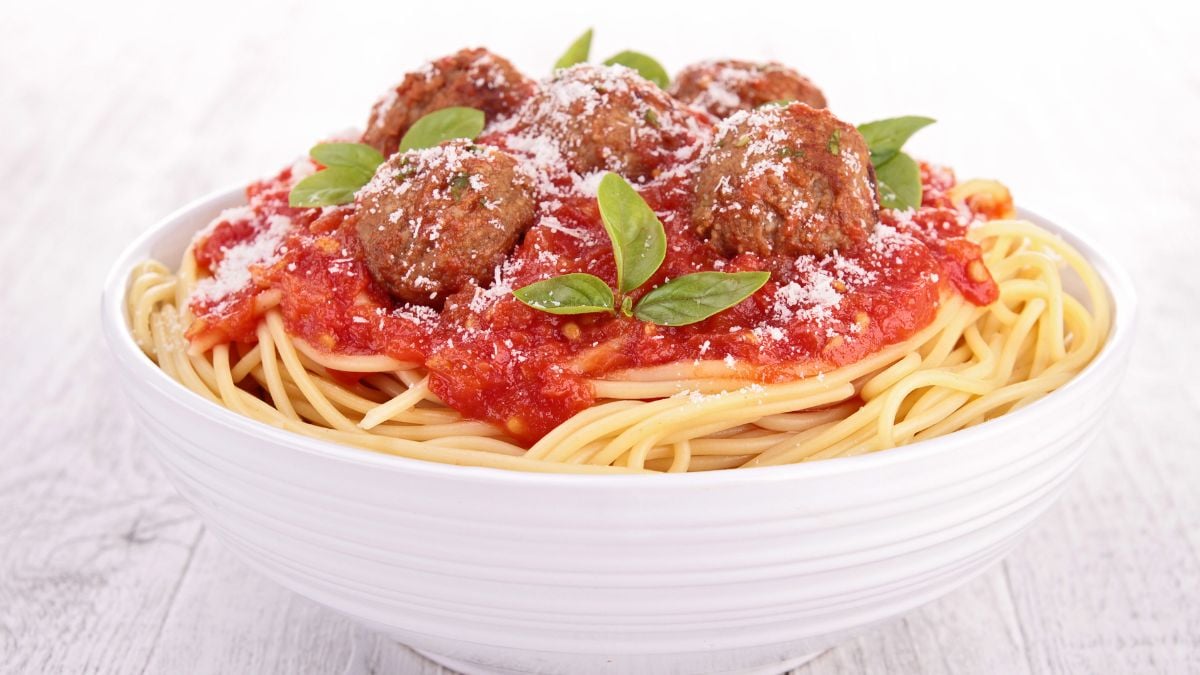
Though it’s more of an Italian-American dish, meatballs with spaghetti score +58 in Italy. The rest of the world is equally on board. So if you love this hearty pairing, you’re safe from culinary judgment.
Risotto as a Side Dish Splits Opinions
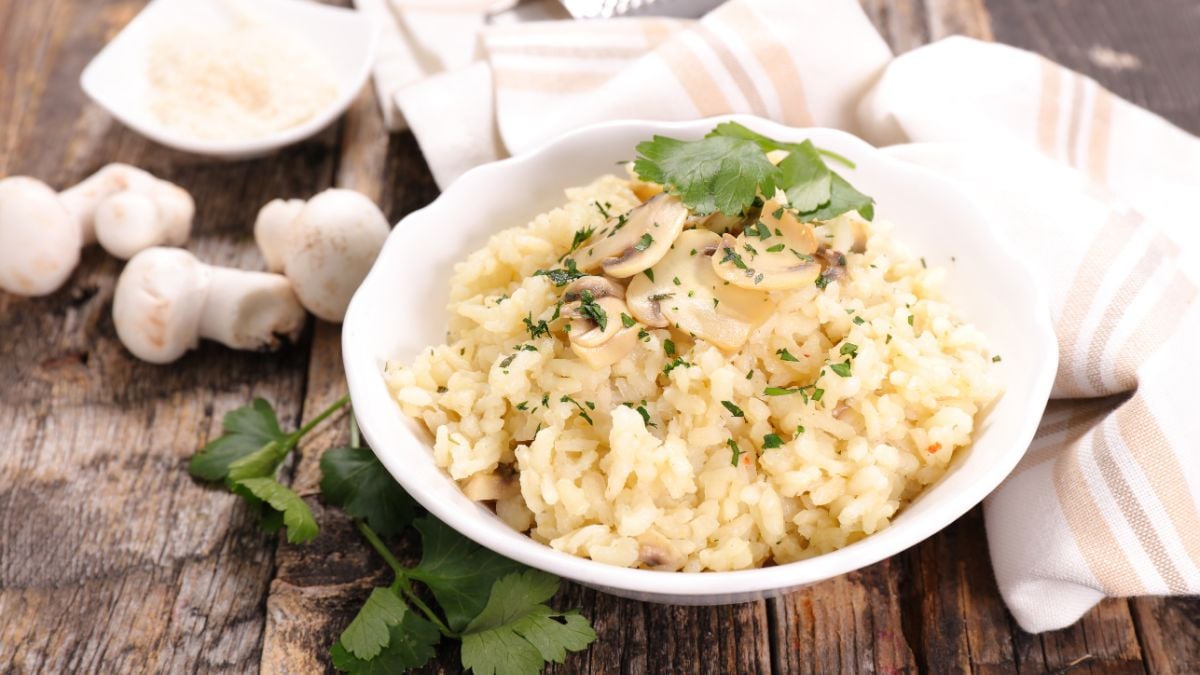
Italians are almost evenly split (+2) on whether risotto should be an appetiser or side. Younger Italians tend to approve more than older ones. Outside Italy, most people are fine with it, making this one a cultural soft spot.
Oil in Pasta Water Is a Generational Divide
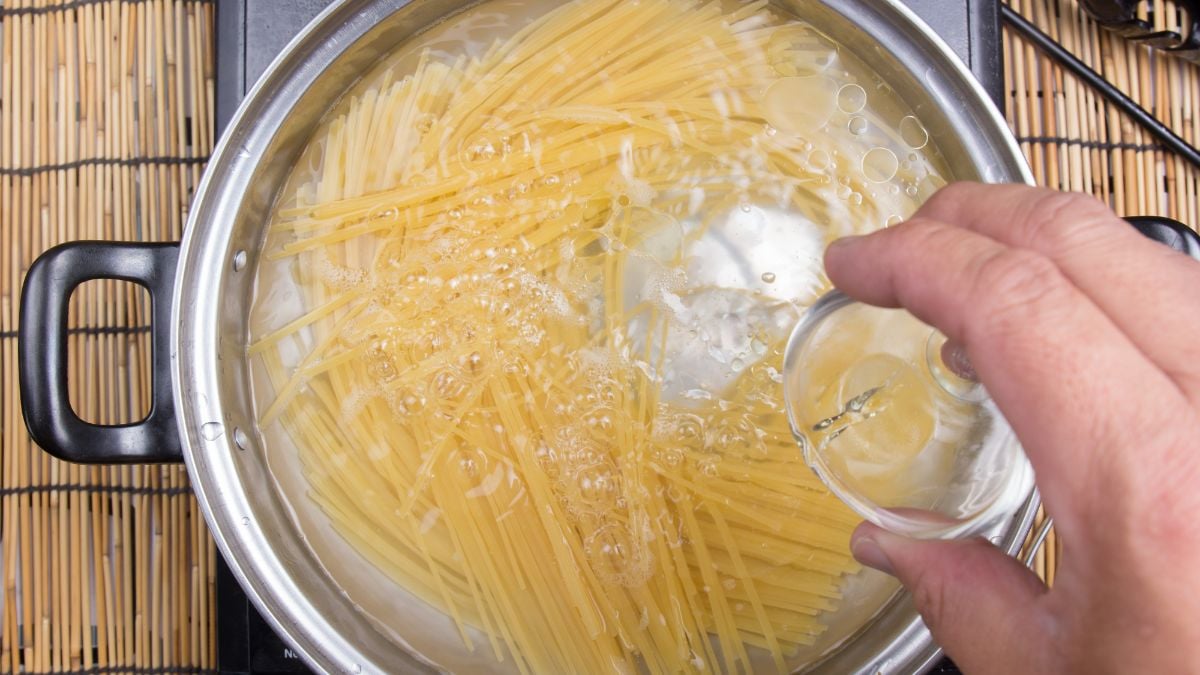
Overall, Italians are barely in favor (+1) of adding oil to pasta water. But young Italians dislike it — especially those aged 18–24 (-37). Older Italians, on the other hand, tend to approve.
Snapping Spaghetti Before Cooking? Risky
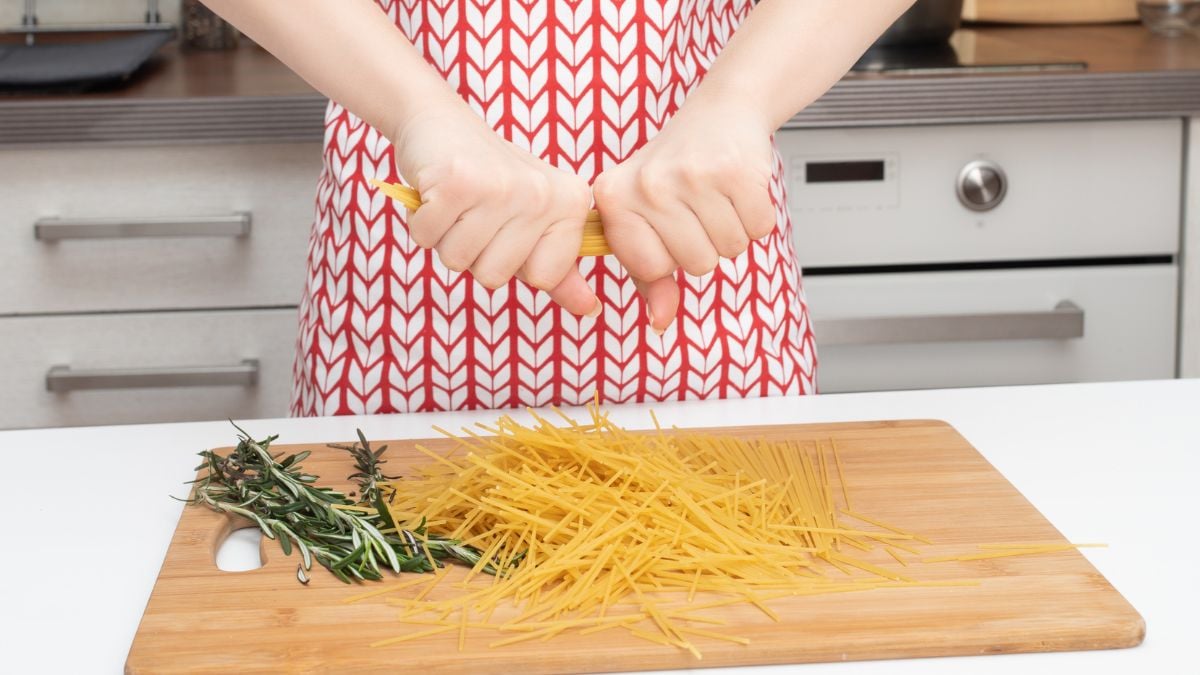
Breaking dry spaghetti before boiling scores -1 in Italy, making it a mild offense. Countries like Spain (-18) and Mexico (-17) are also against it. But in many other places, this move doesn’t raise eyebrows.
Adding Sauce After the Pasta Is Controversial
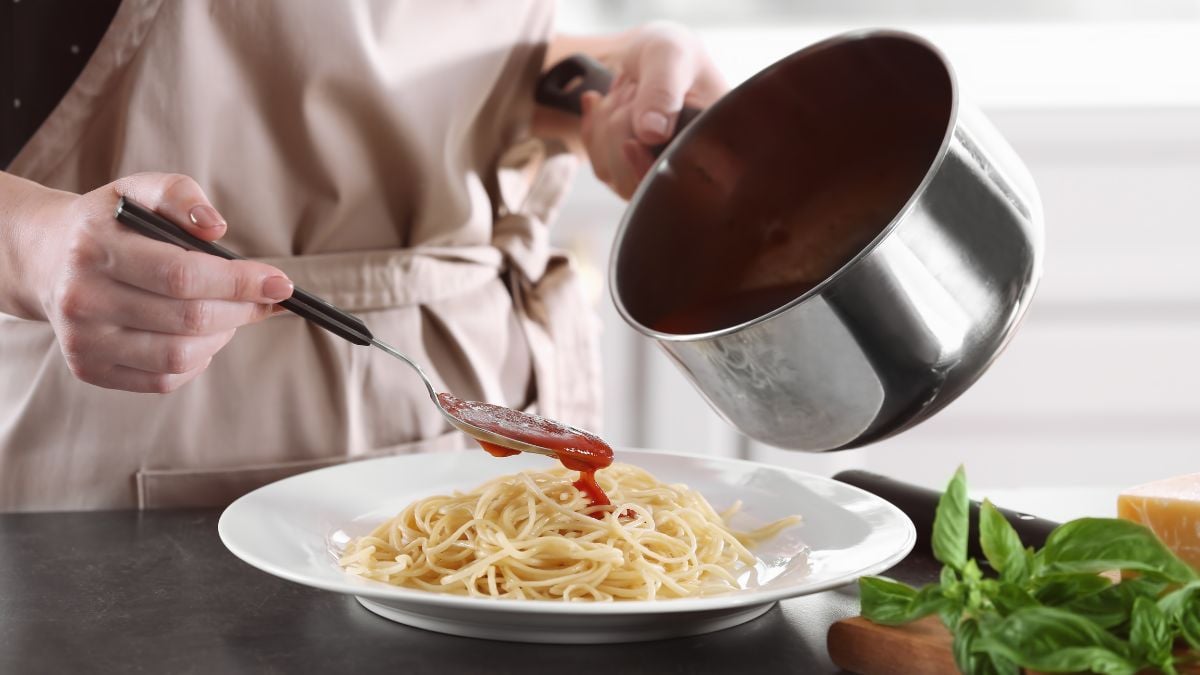
Plating plain pasta and adding sauce afterwards scores -4 in Italy. Younger Italians are more likely to accept it, while older ones see it as improper. Most other countries don’t find it strange at all.
Ketchup on Pasta Is the Top Offense
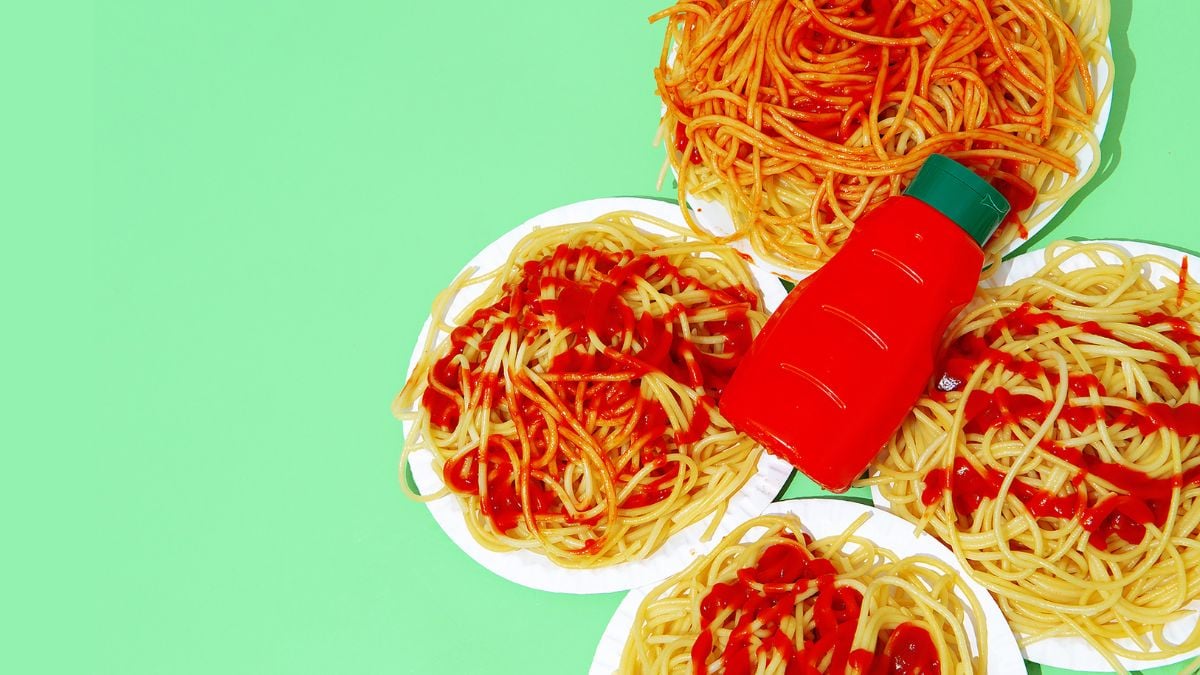
Nothing horrifies Italians more than putting ketchup on pasta (-82). Only Americans (-48) and Spaniards (-46) also widely reject it. But in places like Hong Kong (+79) and Indonesia (+76), it’s embraced.
Cold Water Pasta Start Is a Big No
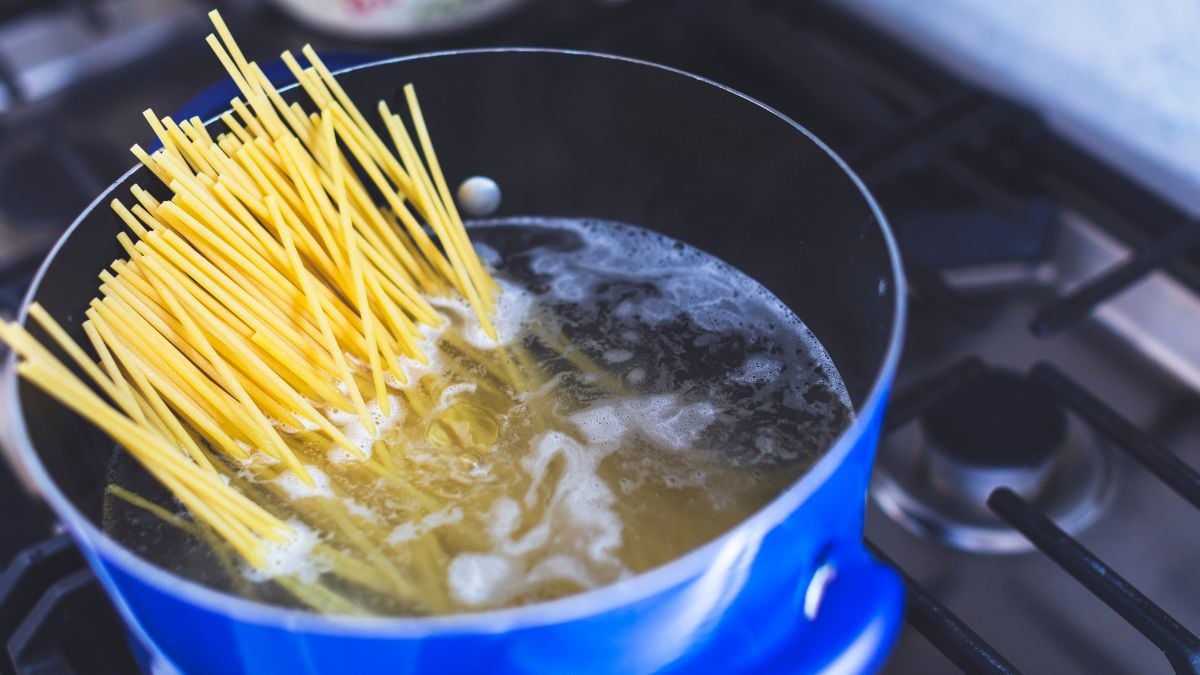
Starting pasta in cold water (-71) is the second biggest crime to Italians. Most of the world agrees it’s wrong, with only China (+16) and Hong Kong (+31) showing real approval. Even Americans give it a mild thumbs-down (-14).
Pineapple Pizza Still Sparks Debate
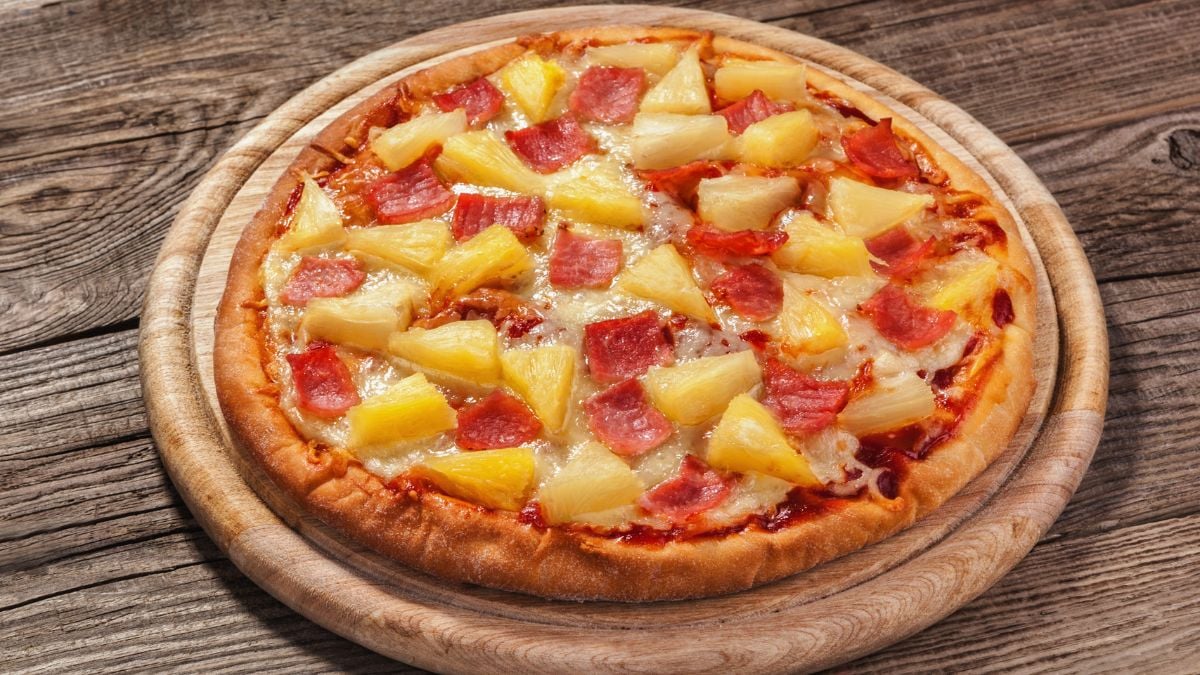
The Hawaiian pizza fight isn’t over. Italians rank pineapple on pizza as their third worst offense (-63). Most of the world disagrees, except France, which also tilts toward disapproval (-15).
Pasta as a Side Dish Is a Hard Pass
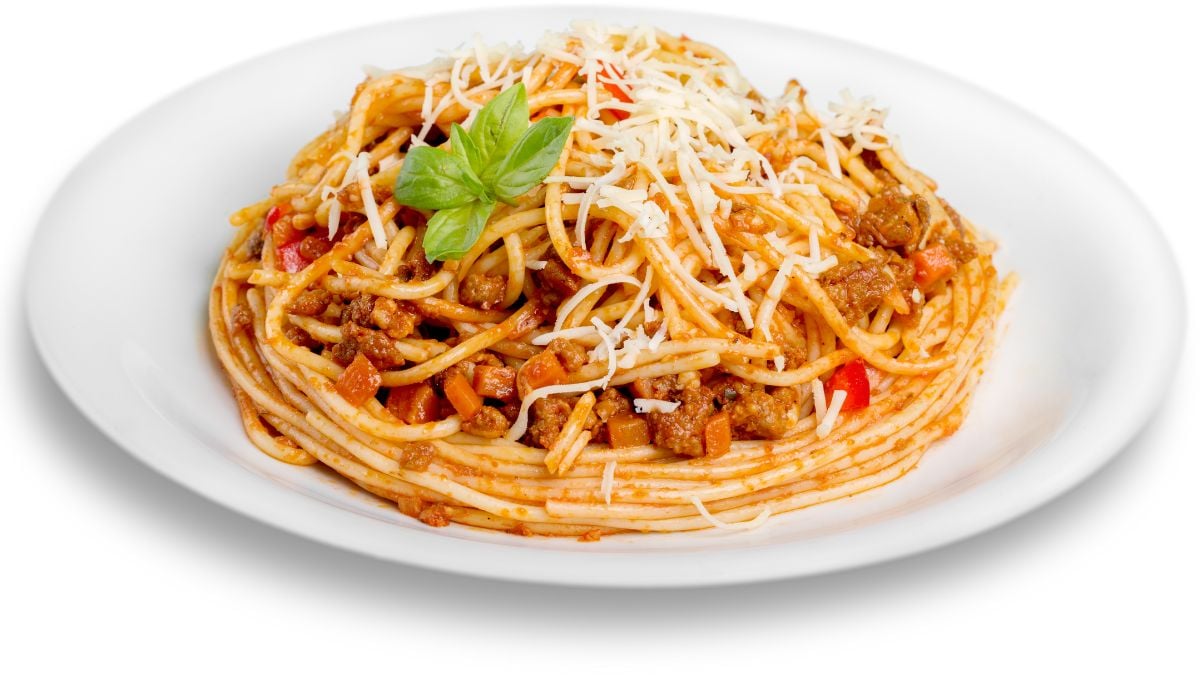
Serving pasta as a side scores -55 in Italy, making it one of their biggest culinary red lines. Outside Italy, though, it’s warmly accepted — especially in France (+74).
Cold-Rinsing Pasta Breaks the Rules
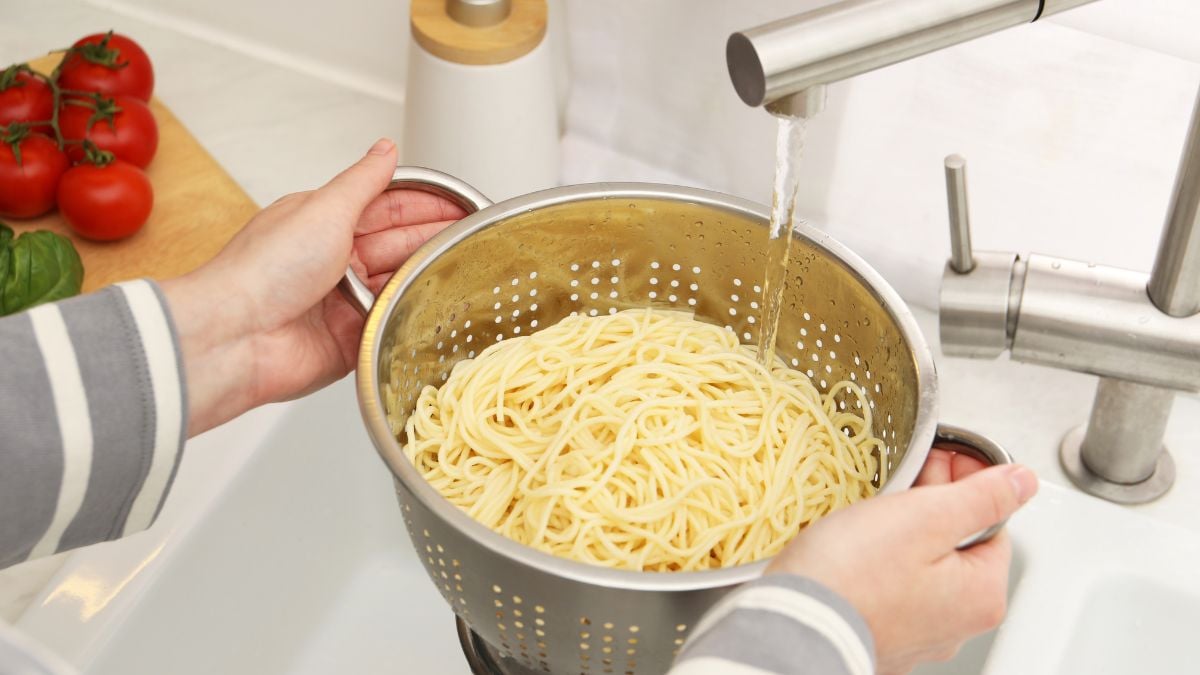
Rinsing or cooling pasta under cold water is frowned upon in Italy. The practice is more common elsewhere, especially in countries where pasta is treated like salad base or stir-fry ingredient.
Cappuccino After Dinner Is an Age Gap Issue

Drinking cappuccino after a meal scores -23 overall in Italy, but young Italians (+24) embrace it. The over-55 crowd strongly rejects it (-36), sticking to tradition. Most other countries don’t see the harm.
Garlic Bread With Pasta Isn’t Authentic
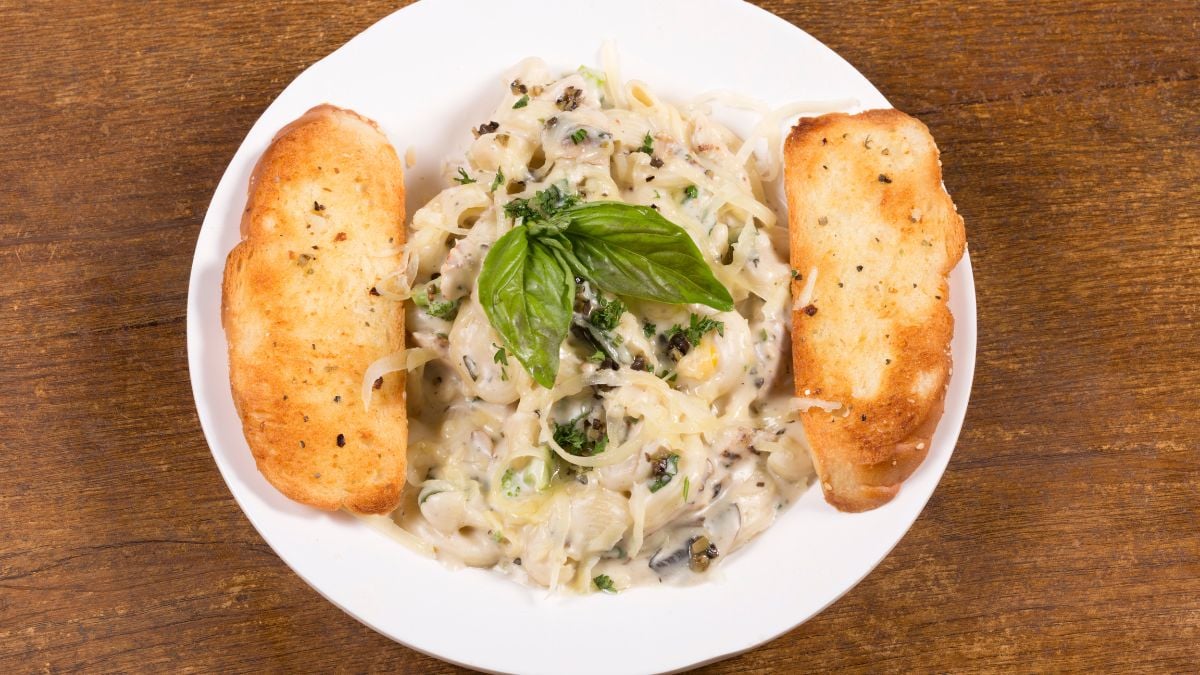
Garlic bread with a pasta meal scores -14 in Italy, making it unwelcome to traditionalists. Younger Italians are more forgiving, but older ones view it as a foreign add-on. Abroad, it’s a popular pairing, especially in the U.S.

